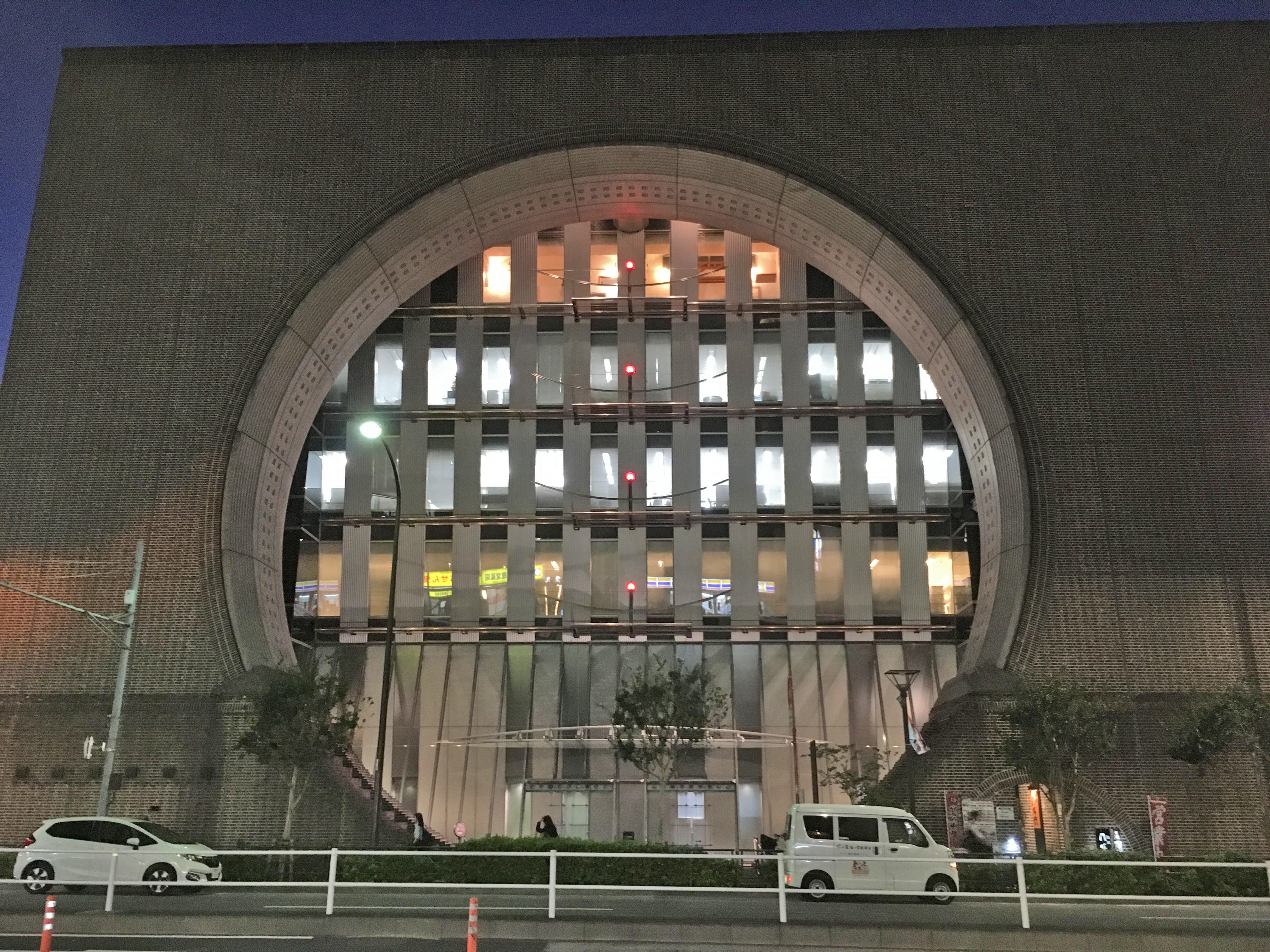Advertiser Disclosure: noworkalltravel.com earns an affiliate commission for anyone making a purchase through some links available on this website. For more information, please visit the Advertising and Privacy Policy page.
Of the many cities that I’ve visited around the world, Tokyo might be my favorite. I like how you can seamlessly bike all over the place, even if you can’t park your bike anywhere. I like how address number 1 could be next to number 550 which can be next to number 78. And, among many other reasons, I like the truly bizarre things that pop up from foundations – you know, buildings – and the things that stick out from buildings. Funny though, before the 2,080 feet-tall Tokyo Skytree was finished on 29 February, 2012, I never thought of the city as a place with a skyline easily recognizable by a mere silhouette. Of course, this is partially as a consequence of Tokyo being in an area prone to earthquakes.

Now, for the elephant in the room. Since Tokyo was almost entirely destroyed twice – first, by the Great Kanto Earthquake of 1923, and then by US air raids during World War II – very few historic structures were left standing. However, with the US helping to get Japan back on track right after the end of that war, new ideas, businesses and population booms flourished.
With leisure travel to Japan nearly back in full force, let’s take a brief tour of the city…
Thunder Dolphin

Located next to the Tokyo Dome stadium – home of the Tokyo Giants baseball team – in Tokyo Dome City, the Thunder Dolphin is a steel coaster that has top speeds of around 78 miles per hour (~130 kph). What I think is cool about it is that it not only passes through a sliver of a neighboring shopping complex (you can see it in the above photo, on the left), but it also goes through the center of the Big O Ferris Wheel!

The Thunder Dolphin was probably the most enjoyable roller coaster I’ve taken until now, although I really must check out Falcon’s Flight next.
Shinanomachi Rengakan

When I first walked past the Shinanomachi Rengakan (信濃町煉瓦館 rengakan = “brick building”), I thought it was a government building, for instance a mint, or something else having to do with finance…or doubled as a movie villain’s not-so-secret lair.
Nope.
The Shinanomachi Rengakan, a stone’s throw from the Shinanomachi metro station, forms the southeastern corner of the Shinjuku (district) branch of Keio University. The curious structure was finished in 1995 (in Japanese), and today primarily houses offices of medical and media companies.
Nakagin Capsule Tower (R.I.P.)

The Nakagin Capsule Tower, which can be found close to the upscale Ginza and Shiodome neighborhoods, is one of the most iconic buildings in Tokyo. Built in 1972 by architect Kurokawa Kishou (黒川 紀章), Nakagin Capsule Tower is the clearest realization of Kurokawa’s Metabolist architectural movement. Metabolism stresses flexibility, convenience, and the concept that cities should be able to adapt to future changes; for each of the two towers, individual prefabricated “capsules” replete with a small bathroom, desk, and radio (in other words, everything the burgeoning salaryman class of the 1960s would need) were fed into a single column.
Sadly, the Nakagin Capsule Tower, one of the jewels of my architecture folder, was knocked down last April:

Shizuoka Press and Broadcasting Center

Not far from the the Nakagin Capsule Tower, we have another shining the Shizuoka Press and Broadcasting Center (静岡新聞静岡放送ビル). It was completed in 1967 by Japanese starchitect Kenzo Tange (丹下 健三), who also designed the Tokyo Metropolitan Government Building – Tokyo’s current City Hall, Hiroshima Peace Park, the Fuji TV Building, and, stadiums for the 1964 Tokyo Olympics, among many other edifices.
The Shizuoka Press and Broadcasting Center has one tower into which thirteen individual office modules are “plugged-in.” At the time, space was left in between groups of 2-3 modules so that others could be connected to the central tower, though this growth never materialized. Given how densely packed cities have become, might we see a Metabolist renaissance somewhere in the world?
#5 Reiyuukai Shakaden

Menacing, no?
This otherworldly edifice is called the Reiyuukai Shakaden (霊友会釈迦殿), or the Spiritual Friendship Association Hall of the Buddha Shakyamuni. Easy peasy.
The Reiyuukai sect of Buddhism was established some time in the early 1920s, and formally recognized by the Japanese government in 1930. Although the Reiyuukai Shakaden was built in 1975, since its religious origins stem from the time of the Great Kanto Earthquake of 1923, it stores hundreds of tons of water, in the event of another disaster. Furthermore, it houses a concert hall, and additionally (at least, prior to COVID-19) offers free Japanese language and calligraphy classes.
Niimi Chef & Teacup


Ever wanted to have your very own Polyvinyl Chloride (err, PVC) model of jambalaya, a squid shooting its ink towards a plate of pasta, or fugu? Then, you just have to find the “Niimi Chef,” perched above the Niimi kitchenware world building, finished in 1961. To the right of this 7-story structure (that is, if you are looking directly at the chef), you will find the Kappabashi shopping street, known for stores selling cups, bowls, shop signs, chopsticks, fake food models, and many other items commonly found in a (Japanese) kitchen. In that sense, the Niimi Chef building is a landmark for me, a reminder that at last, I’m back in my favorite city.
ADDRESSES
- Thunder Dolphin
- Shinanomachi Rengakan
- Nakagin Capsule Tower
- Shizuoka Press and Broadcasting Center
- Reiyuukai Shakaden
- Niimi Kitchenware World
Have you/would you want to visit Tokyo? Which buildings would you include among your favorites?

Leave a Reply